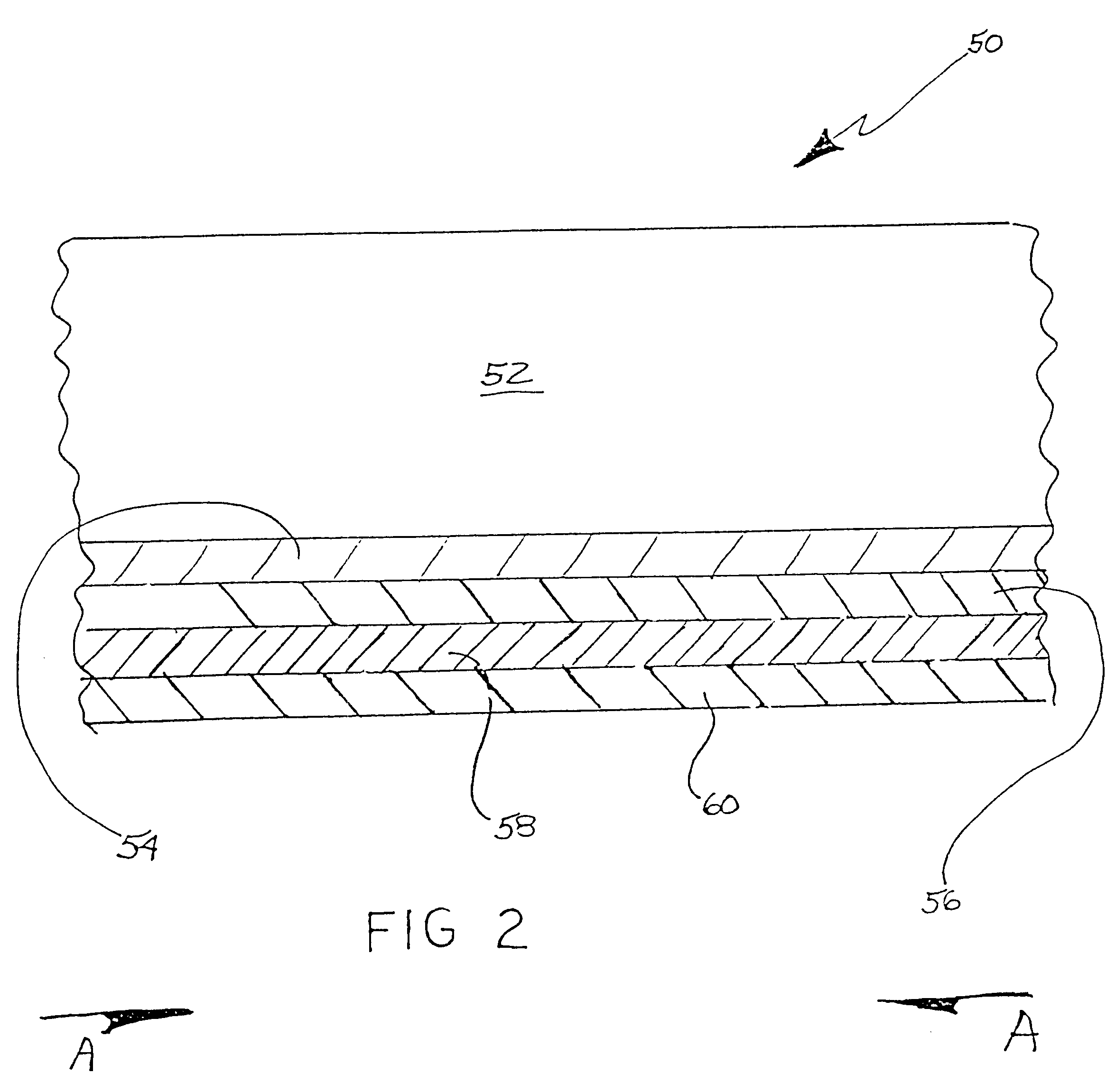Material for die casting tooling components, method for making same, and tooling components made from the material and process
a technology of die casting tooling and materials, applied in the direction of metallic material coating process, solid-state diffusion coating, coating, etc., can solve the problems of voids or porosities in finished products, reduce worker's health concerns, and reduce the surface area of die casting equipment. , the effect of reducing the operator's exposure to airborne particles and reducing the friction between the perishable components
- Summary
- Abstract
- Description
- Claims
- Application Information
AI Technical Summary
Benefits of technology
Problems solved by technology
Method used
Image
Examples
Embodiment Construction
For this example, AISI / SAE 4150 low carbon steel was utilized with an addition of 0.008 pbw of vanadium. The manganese content was 1.3 pbw, while molybdenum was approximately 0.23 pbw. The shot sleeve manufactured from this material had a very thin oxide layer, a white layer of 0.0014", and a diffusion layer of 0.024" on the exterior of the core material. Ten shot sleeves were made out of this material and were utilized in the die casting of aluminum parts. The ten shot sleeves averaged approximately 237,000 shots before they needed to be replaced. As discussed above, traditional H13 alloy utilized for shot sleeve components average 50,000 shots prior to needing replacement.
Therefore, the present invention has disclosed a new material, method for making same and tooling components made from that material which are advantageously used in the tooling component industry. While the above description has been illustrative, the invention is only limited by the following claims.
PUM
| Property | Measurement | Unit |
|---|---|---|
| Percent by mass | aaaaa | aaaaa |
| Percent by mass | aaaaa | aaaaa |
| Angle | aaaaa | aaaaa |
Abstract
Description
Claims
Application Information
 Login to view more
Login to view more - R&D Engineer
- R&D Manager
- IP Professional
- Industry Leading Data Capabilities
- Powerful AI technology
- Patent DNA Extraction
Browse by: Latest US Patents, China's latest patents, Technical Efficacy Thesaurus, Application Domain, Technology Topic.
© 2024 PatSnap. All rights reserved.Legal|Privacy policy|Modern Slavery Act Transparency Statement|Sitemap



